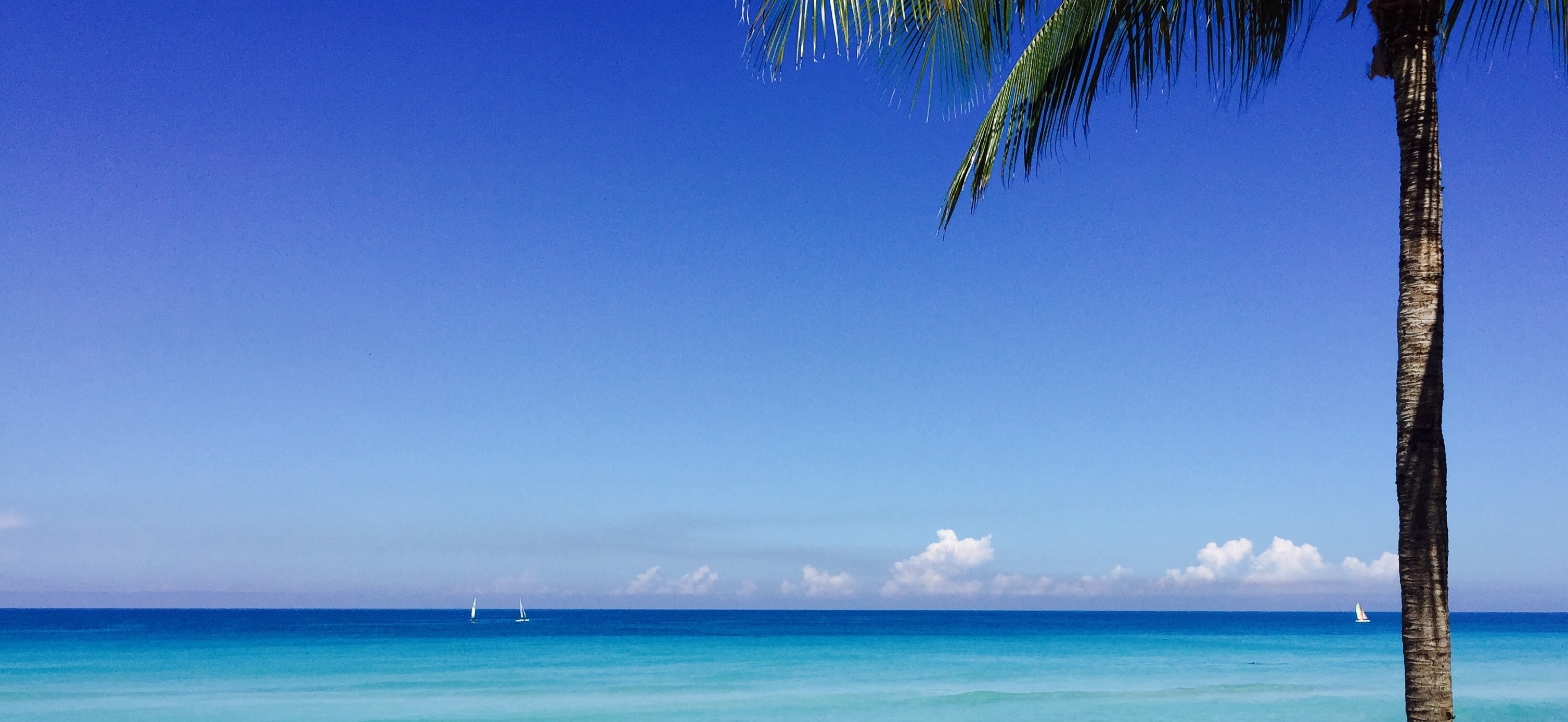Today we were driving from Thimphu to Punakha to visit one of the most sacred monasteries in the country. We had several stops along the way which made for a very interesting journey.
Our morning started with an unexpected surprise – an archery match. But this was no ordinary archery match. Archery is the national sport of Bhutan, so shots were fired over a field of 150m to a target no bigger than a dinner plate. Two teams of 12 faced each other across the field and shouted taunts after each shot, often waving their arms and dancing to distract the other players. Quite often they would stand quite close to the target as if daring the opposition to aim for them instead. We must have stayed for half an hour, but I could easily have stayed for half a day. Watching grown men in their national dress on a random Thursday morning shooting sticks at one another… this was top class entertainment.
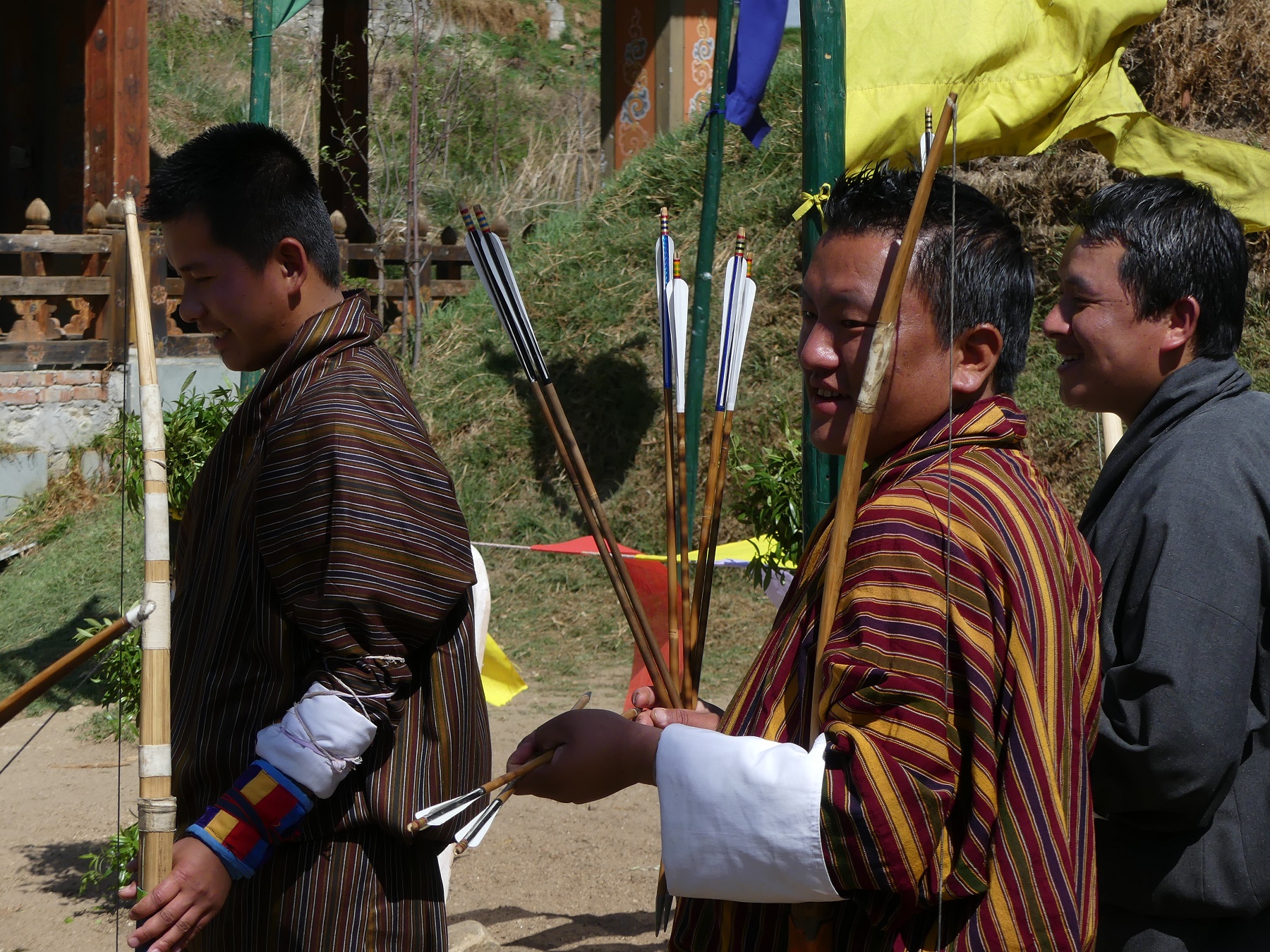
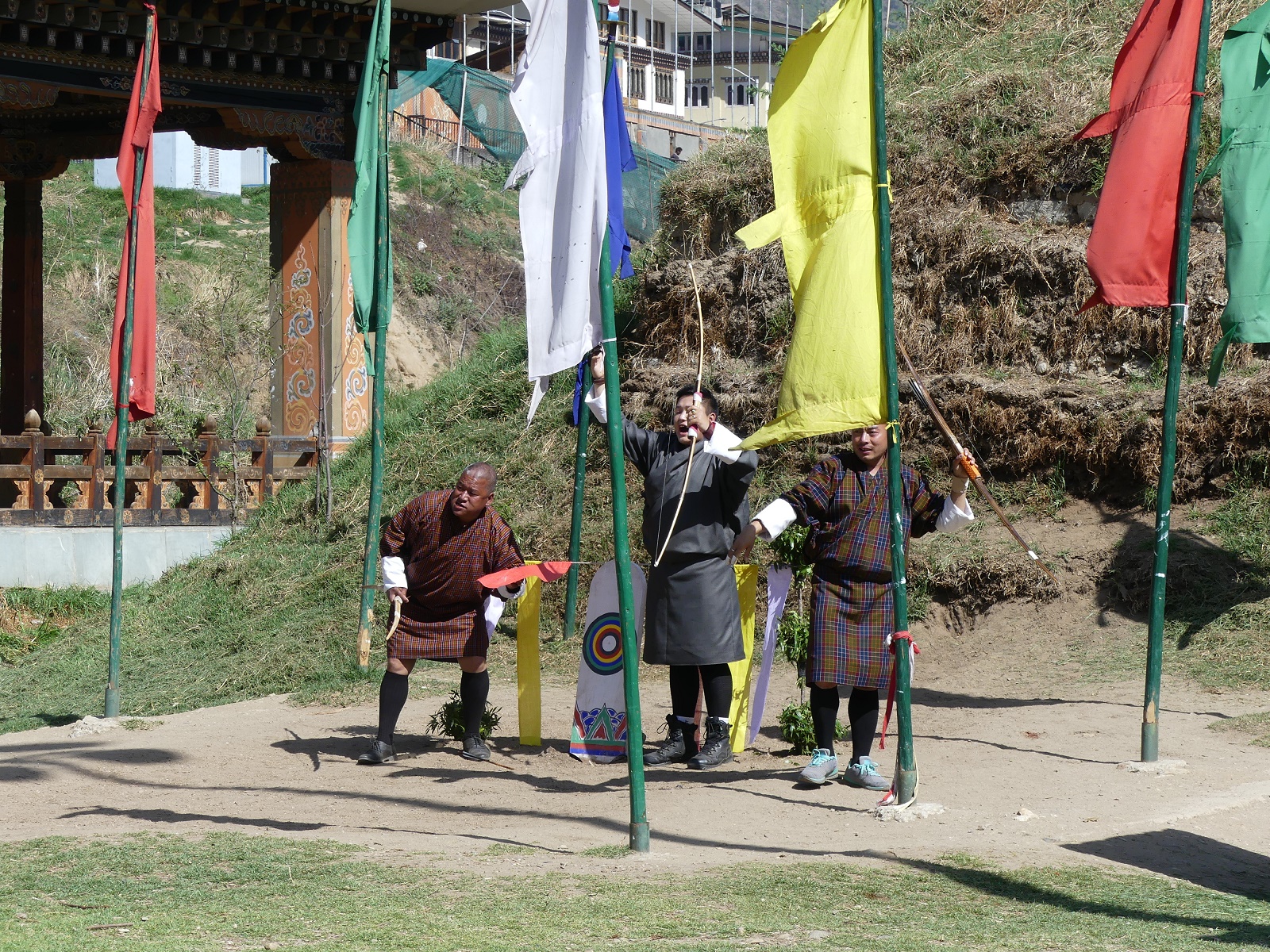
While Punakha was only 70km away, the drive would take us three hours due to the winding road (there is one mountain pass road) and low speed limit. Everything in Bhutan is done at a slower and relaxed pace. We drove over the Dochula Pass, which, at 3050m, presented panoramic views of the cloud capped eastern Himalaya. Built on top of the pass was 108 celebratory stupas (chortens), constructed as a memorial to honour the victory of the Bhutanese army in the 2003 war of Southern Bhutan. Each one contains effigies of Buddha and religious texts.
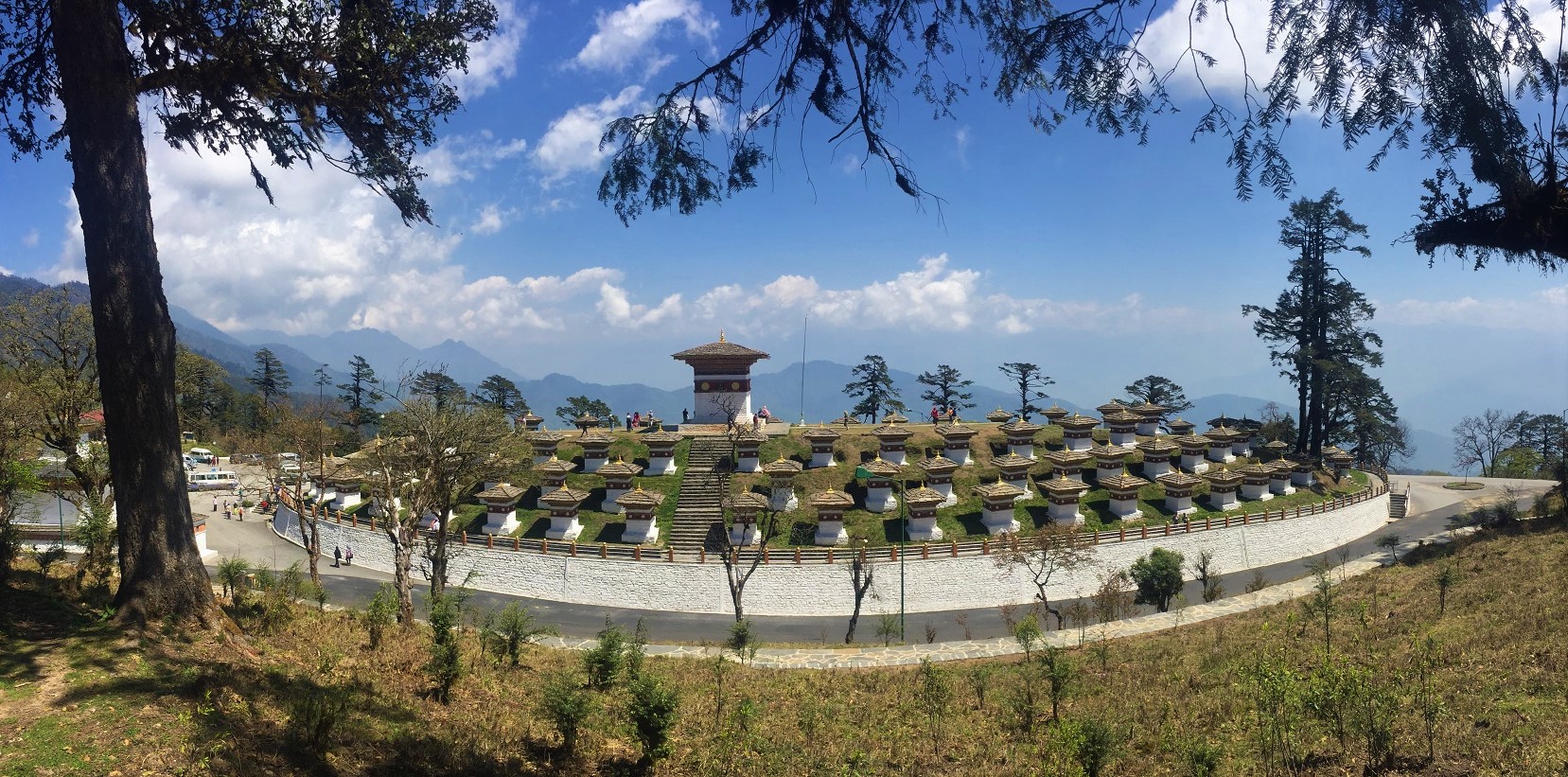
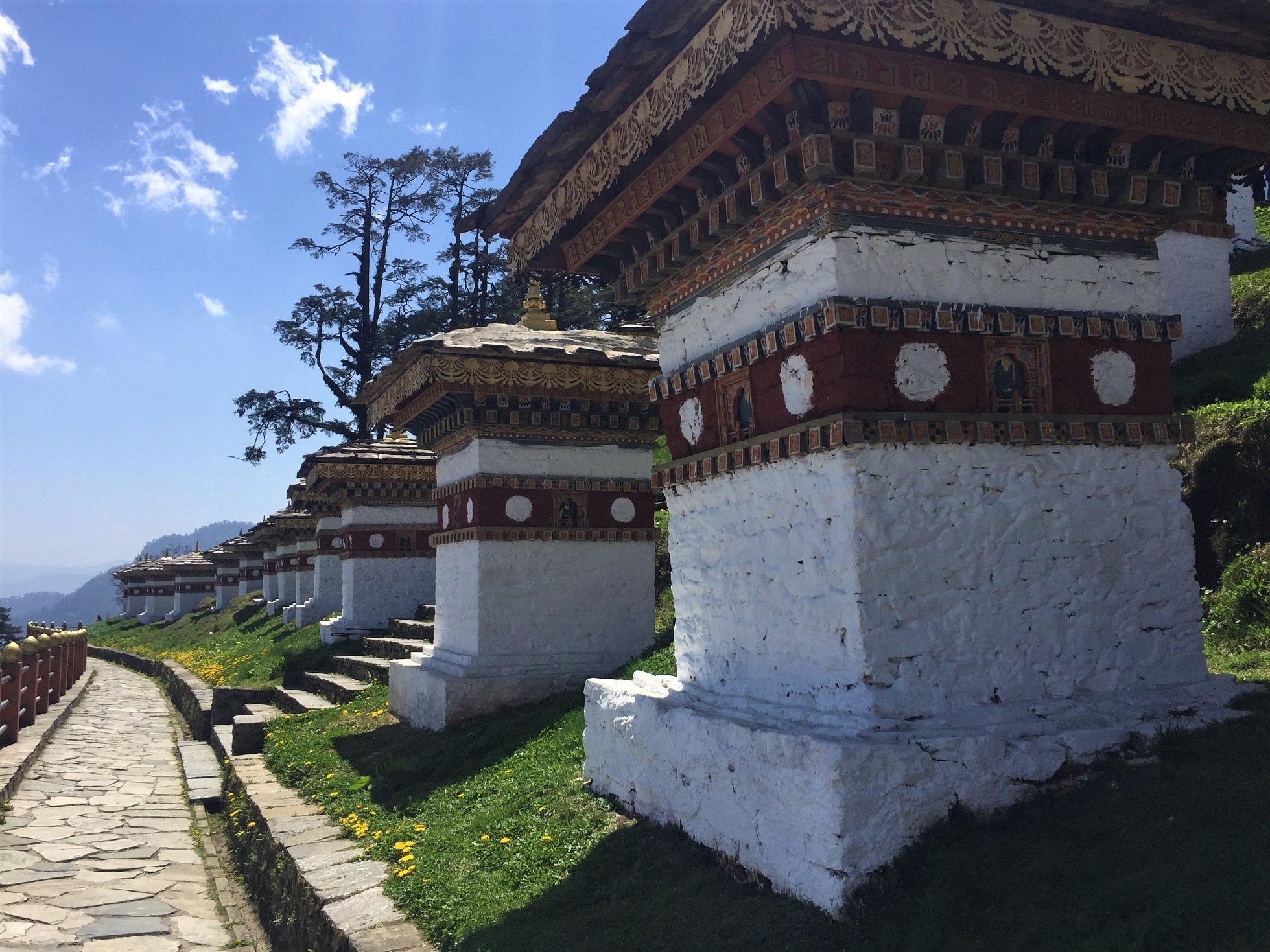
After a quick lunch we had a short hike through rice fields to the most bizarre monastery yet – Chimi Lhakhang. Built in the 15th century, the monastery was blessed by the “Divine Madman”. The “mad monk” was known for his unorthodox ways of teaching Buddhism by singing, humour and outrageous behaviour, which amounted to being bizarre, shocking and with sexual overtones. He is also the saint who advocated the use of phallus symbols as paintings on walls and as flying carved wooden phalluses on house tops at four corners of the eves. Needless to say, the town was full of phalusses.
Thousands of childless people visit Chimi Lhakhang to pray for children and receive fertility blessings from the monks there. Women who come to the monastery seeking blessings of children will get hit on the head by the presiding Lama with a 10-inch ivory, wood and bone phallus as well as the bow and arrow supposedly used by the Divine Madman himself hundreds of years ago. To also get the name of the child to be born, women will pick random bamboo slips placed in the altar inscribed with names of boys and girls
I found it hard to follow the whole story behind the Mad Monk, but it seemed he did not lead a boring life.
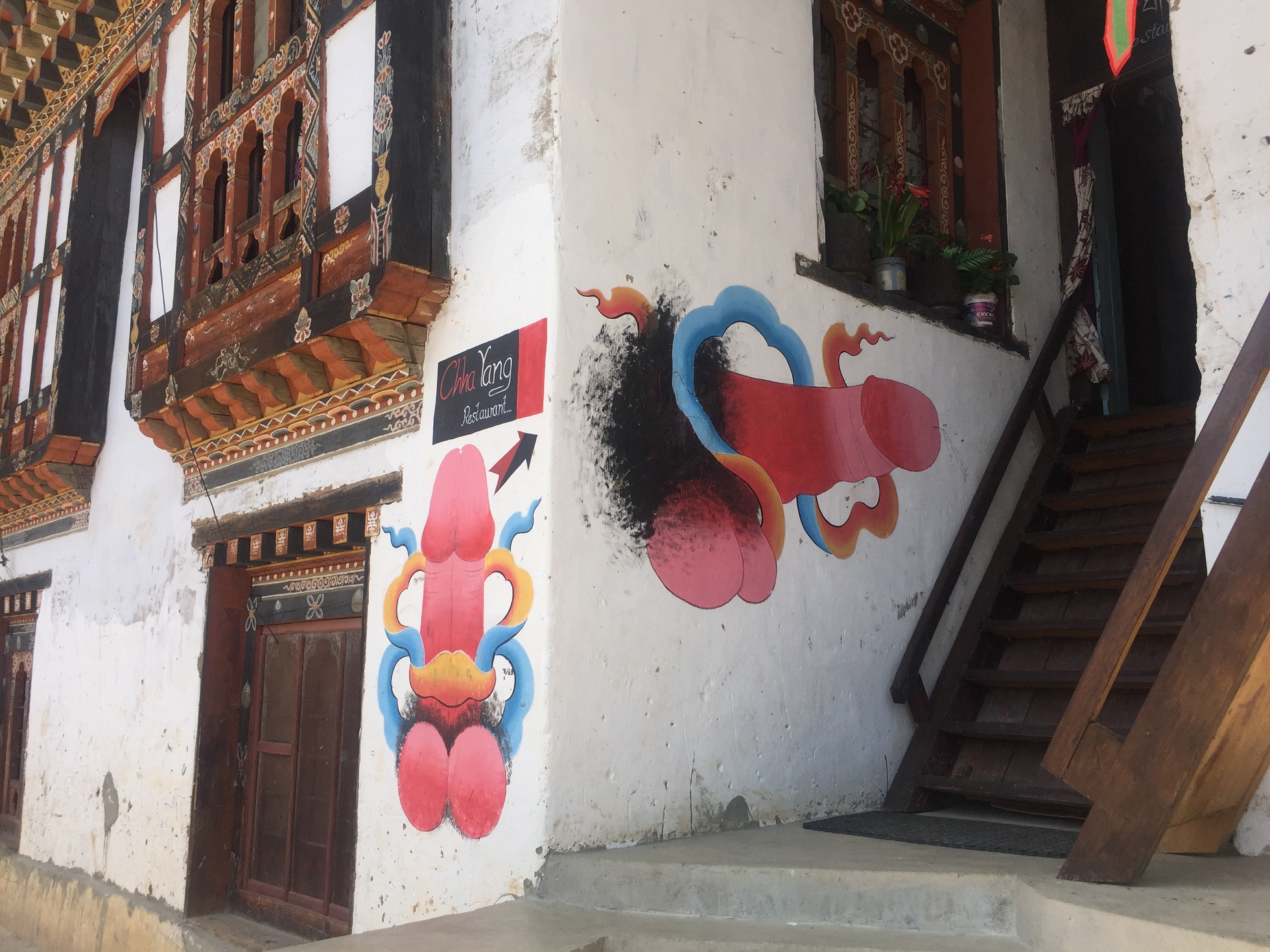
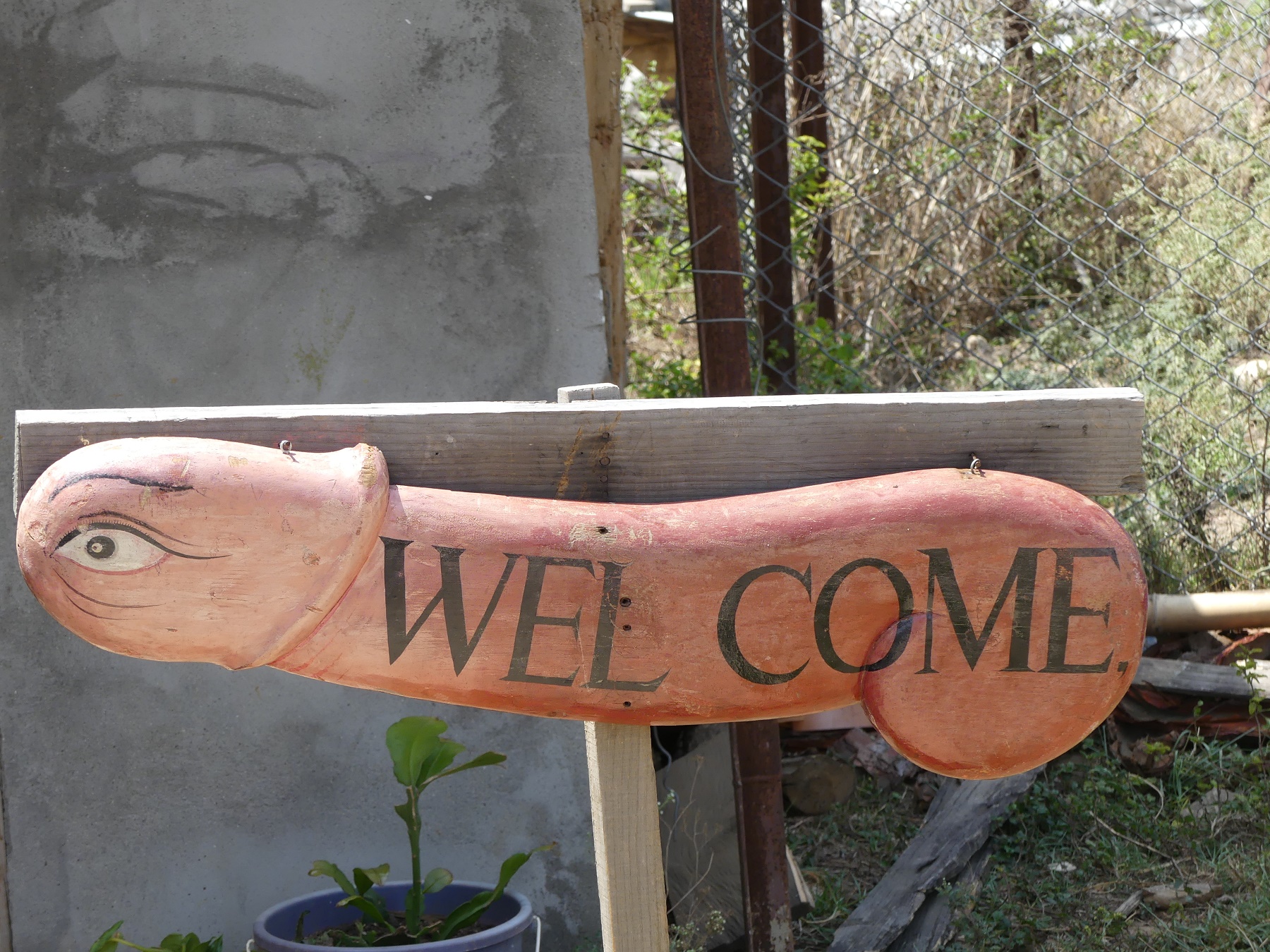
We arrived in Punakha, Bhutan’s ancient capital, a little early so we got to relax before we were allowed to visit the Dzong in the afternoon. A Dzong is a fortress that houses both the administrative and the spiritual institutions and the founder of Bhutan built several in the same style in the 17th century. Punakha Dzong is built at the confluence of two rivers giving it a spectacular setting. It was well preserved and beautifully decorated.
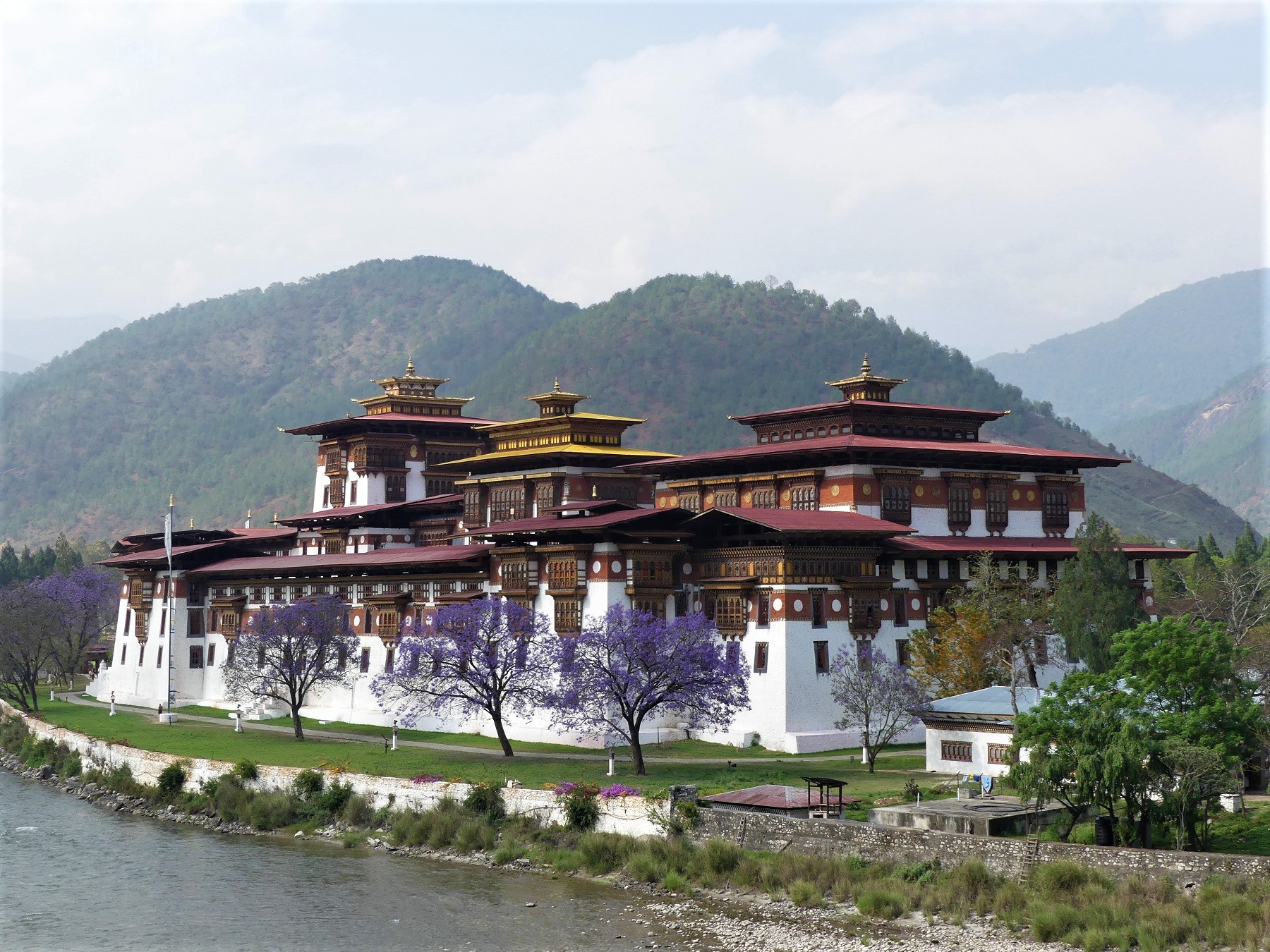
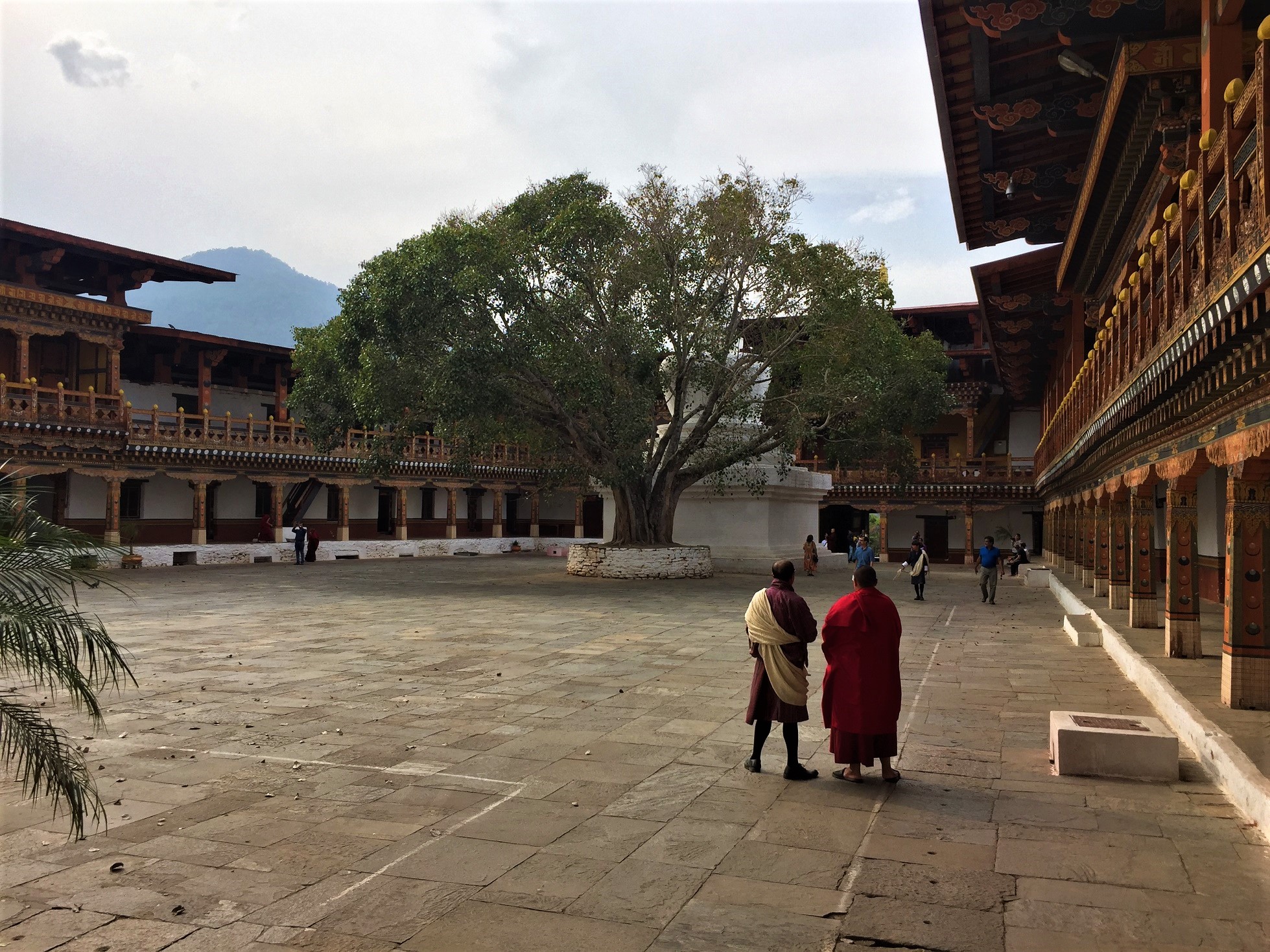
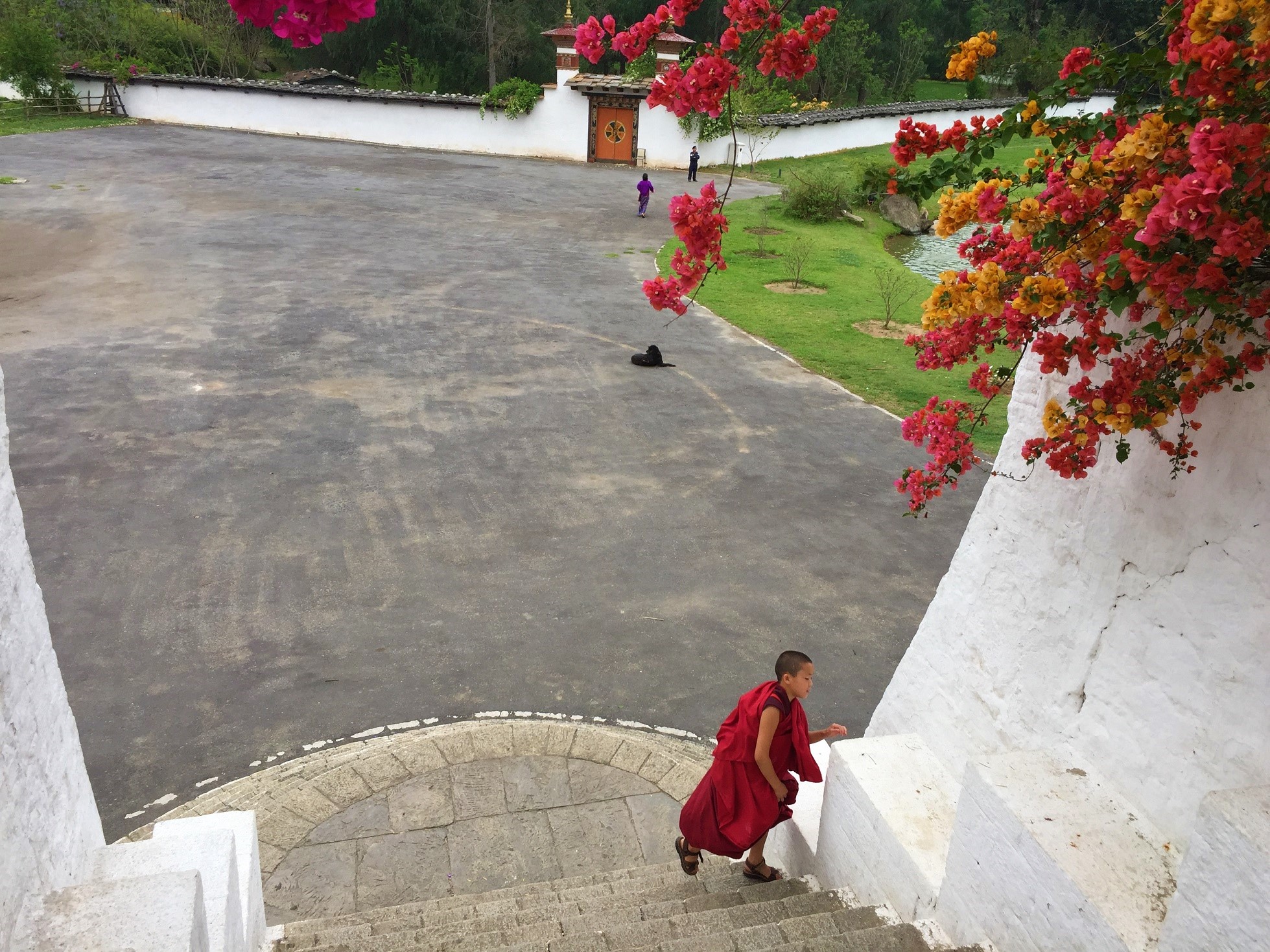
Our overnight spot was a hotel high up the hillside overlooking the Punakha valley. Every time you turn a corner in this country, you think it can’t get better. But this being Bhutan, it generally does.
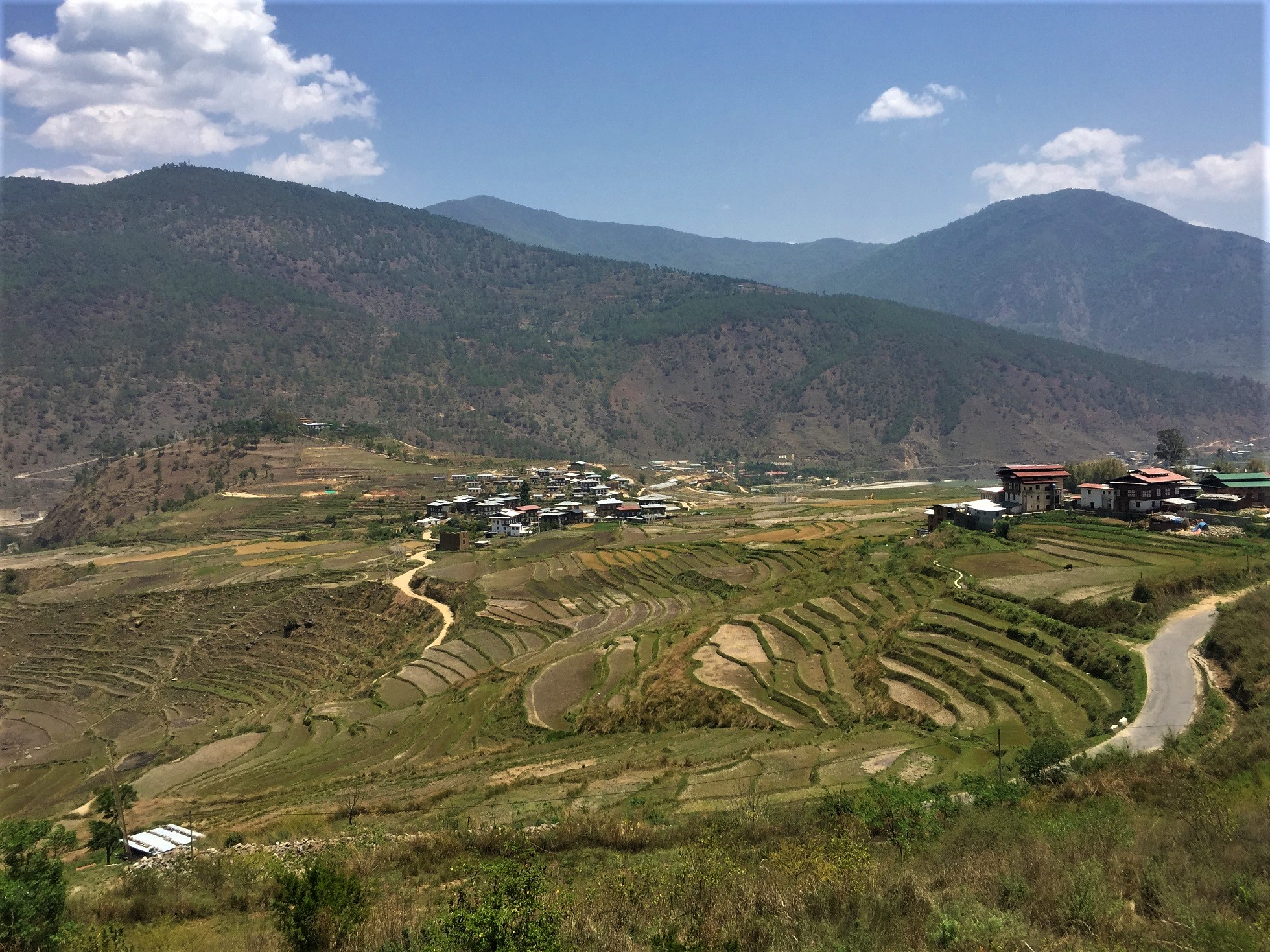
We went back over the Dochula Pass again with all its twists and turns. It is more than 50km uphill through a series of switchbacks before cresting with a lovely view of the Eastern Himalaya. Unfortunately for us, it was again a little cloudy so we did not have a clear view of the mountains.
Back in Thimphu we did one of the funniest and uniquely strange things in all our travels. We found a post office that transforms your photo image into your own personalised postage stamps. Nothing like seeing a “Blue Steel” look of yourself in the corner of a postcard. We could not think of a better souvenir from Bhutan.
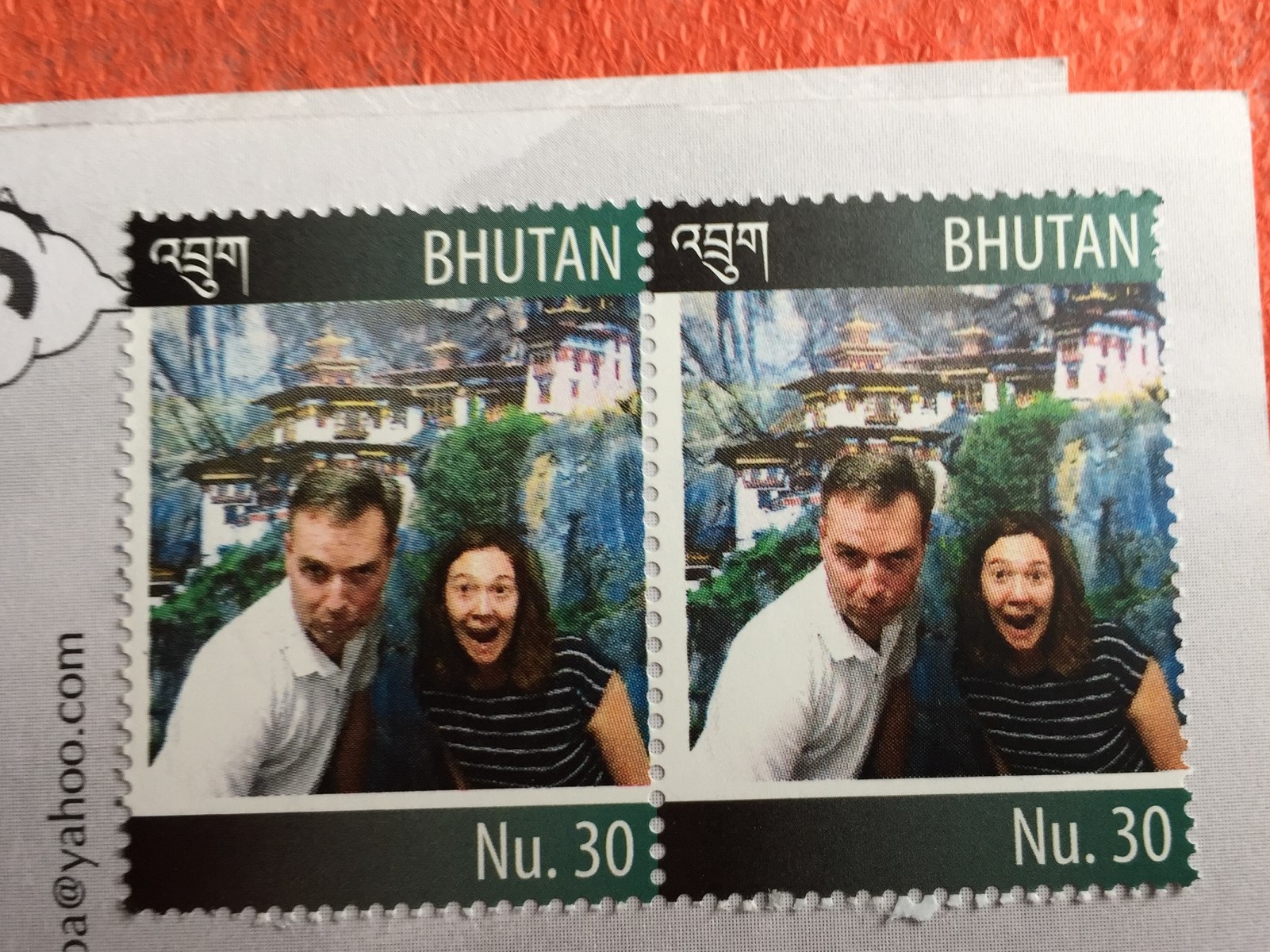
We also had a chance to visit Thimphu food market. The market is really active on the weekends with all sorts of fruit and vegetables from across the country – and of course lots of rice. In addition to rice, the Bhutanese are really big on chilli. They eat chilli with every meal, including breakfast. There is always a dish with cheese and chilli. I am loving Bhutan more by the day because of it!
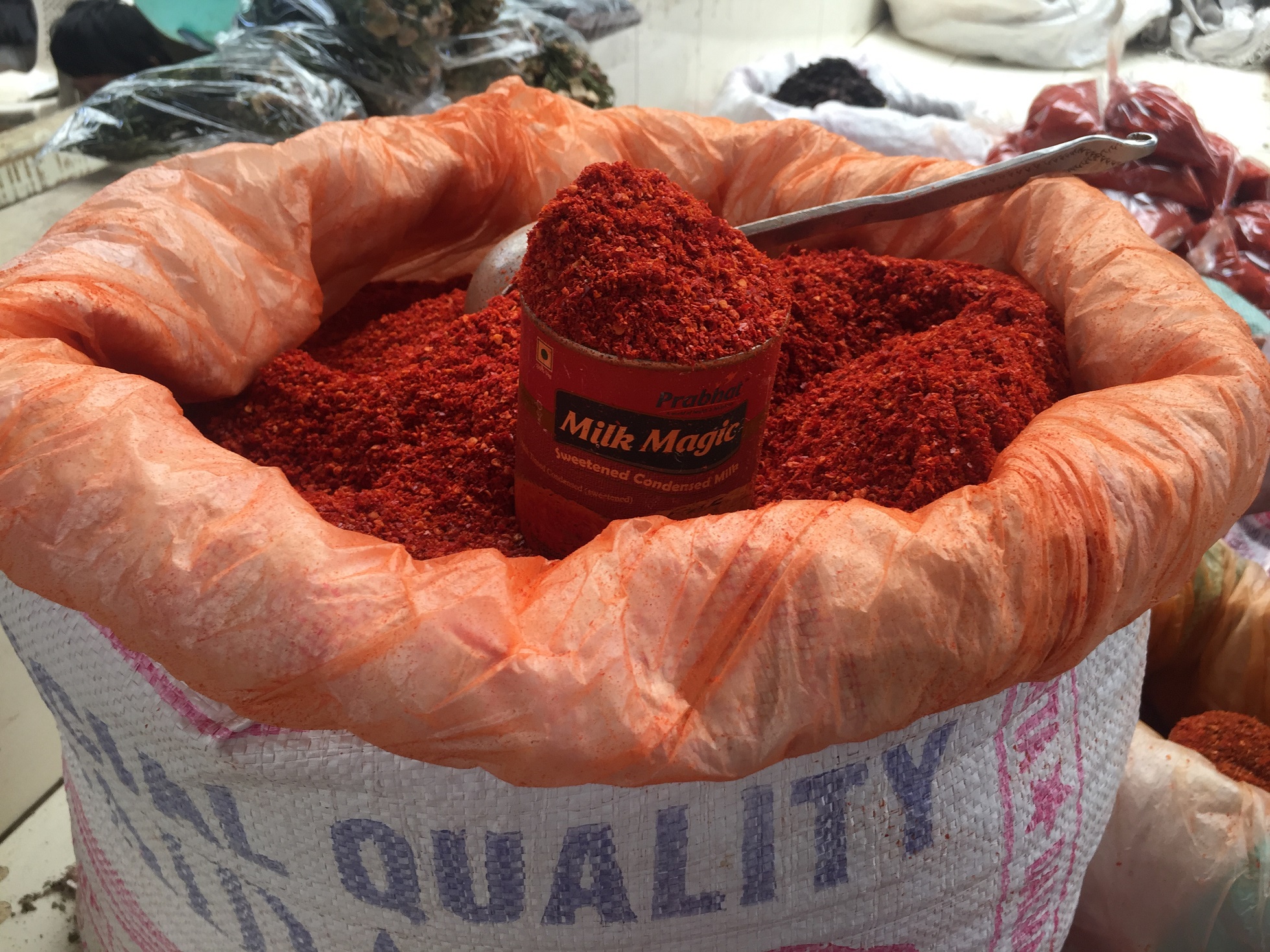
Chilli powder – their staple food!
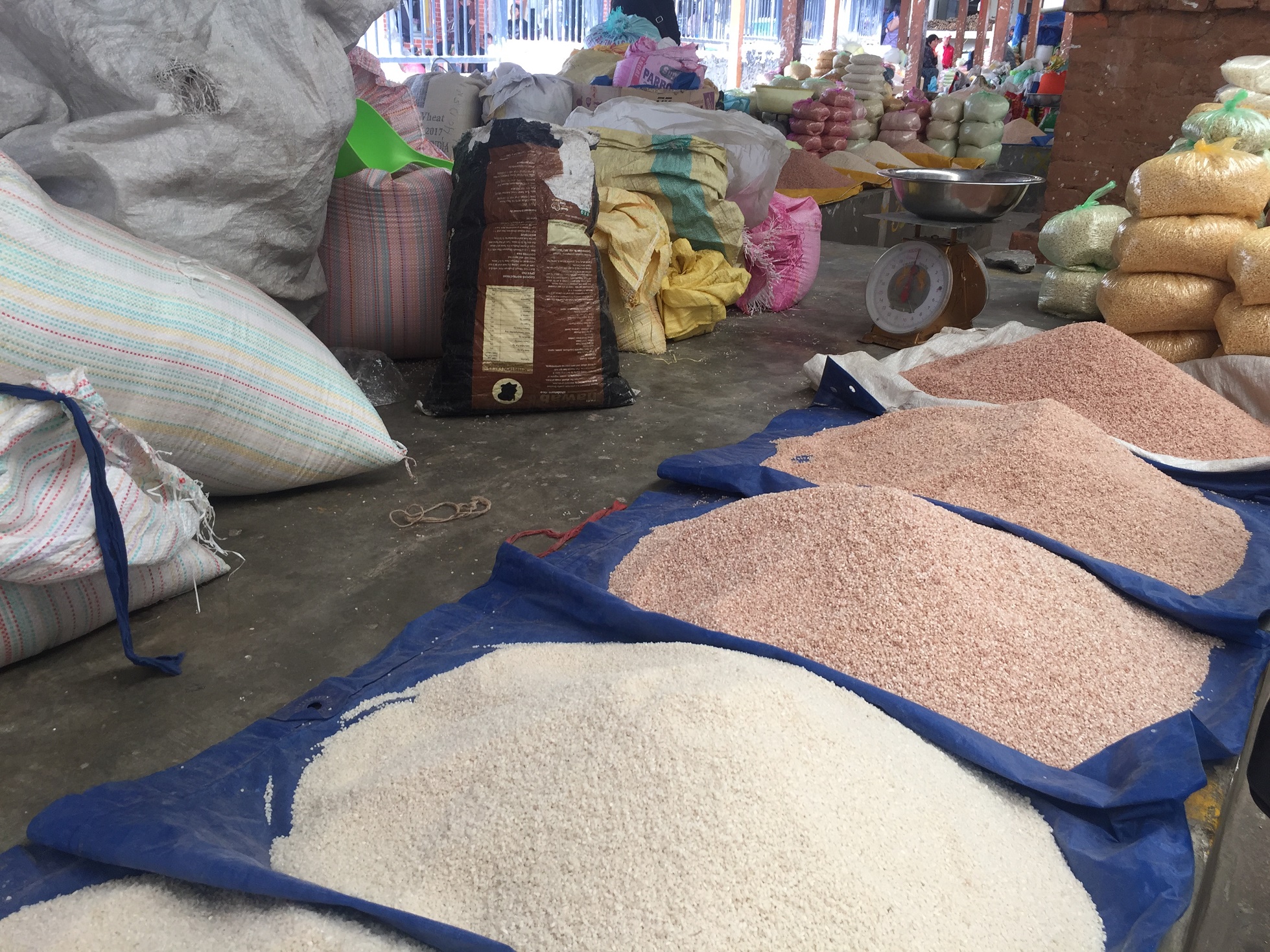
Rice, rice and more rice
This afternoon we visited Paro Dzong. The watchtower above the fortress was damaged in an earthquake a few years back so the museum inside was moved to a nearby building. Like all dzongs, it had an administrative side and a few temples for the resident monks. The dzongs look amazing from the outside and are wonderfully decorated inside, by now both Adrie and I had seen far too many temples with statues of Buddha and his mates. I felt like I was just going through the motions as each incarnation or manifestation of a deity was pointed out to us.

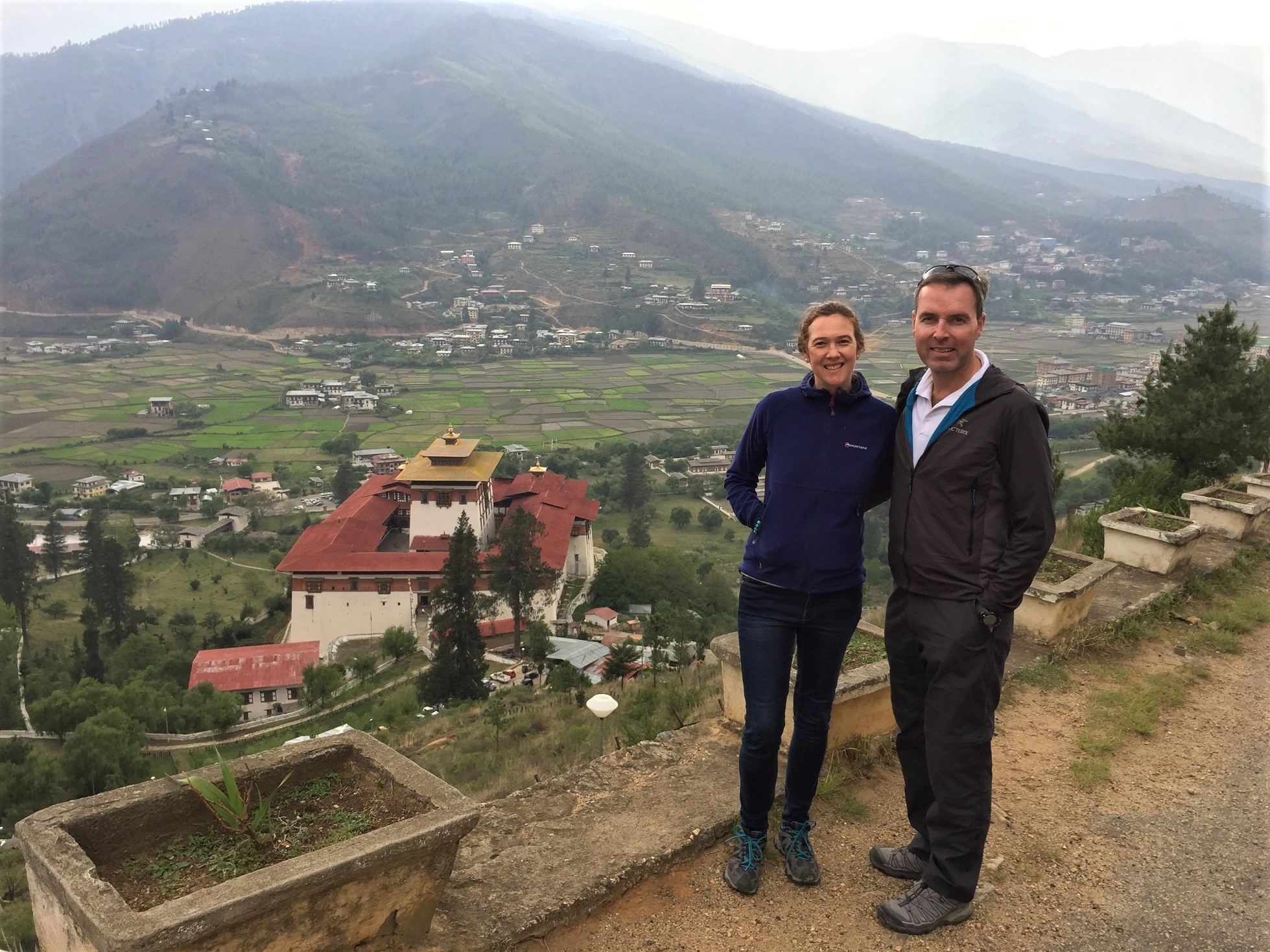
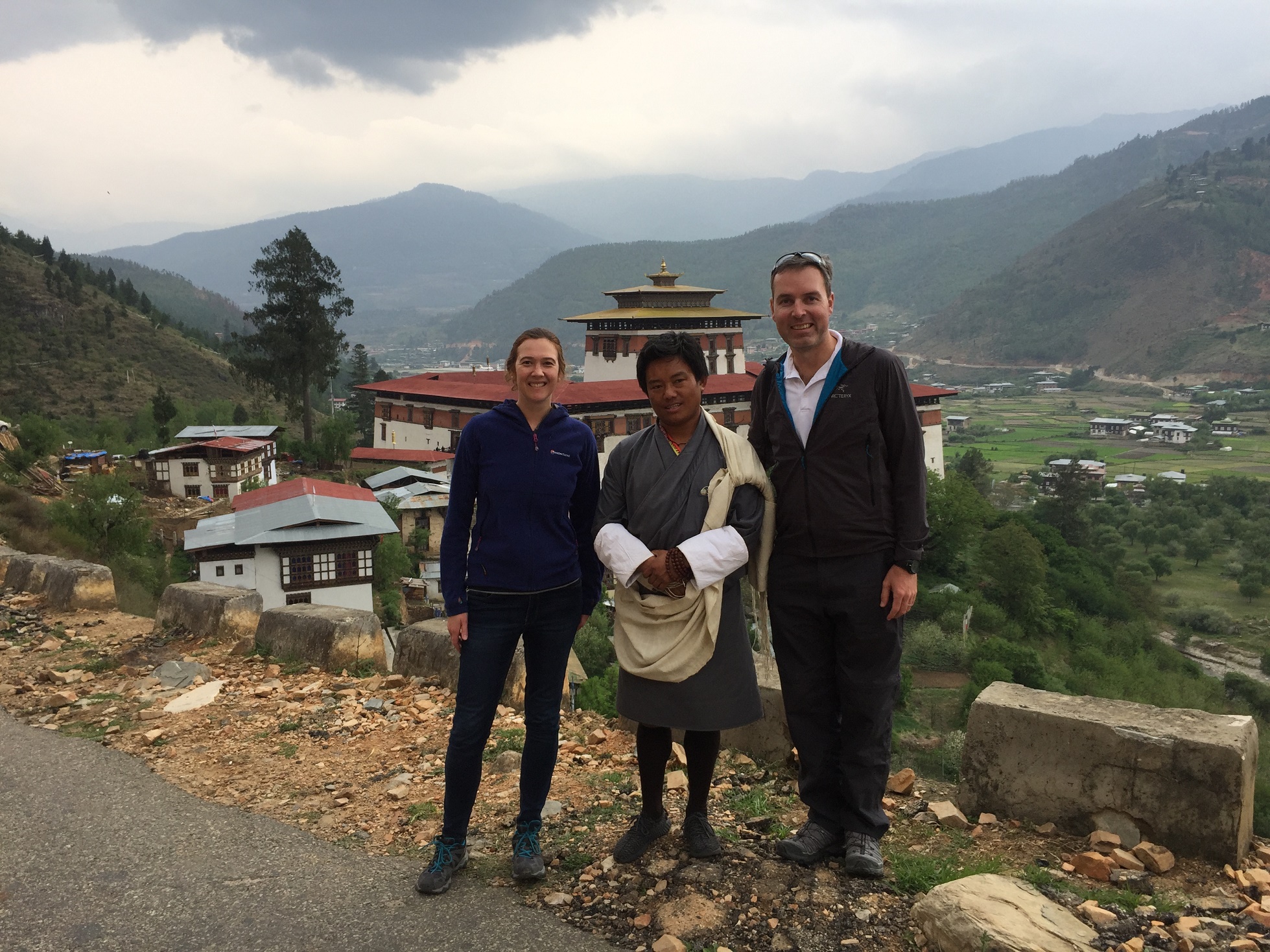
Our guide, Drakpa, in traditional dress
What I needed was a beer to chill out and relax. One beer turned into three as Adrie and I relaxed while watching the dzong light up at night from our hotel across the valley. The majority of the discussion was about the inherent flaws of Buddhism. While the basic premise of “be good to one another” is wonderful, the religion seems so bogged down in repetitive rituals and mantras and endless deities and superstition. I just see it as a way to con helpless poor people out of money because only a monk can bless your statue or house appropriately. More concerning, as described by Drakpa our guide, apparently most families would take a sick child to the monk for a prayer and blessing, rather than the hospital. Often it works, but sometimes they get to a real doctor too late. This cannot be right whatever the religion.
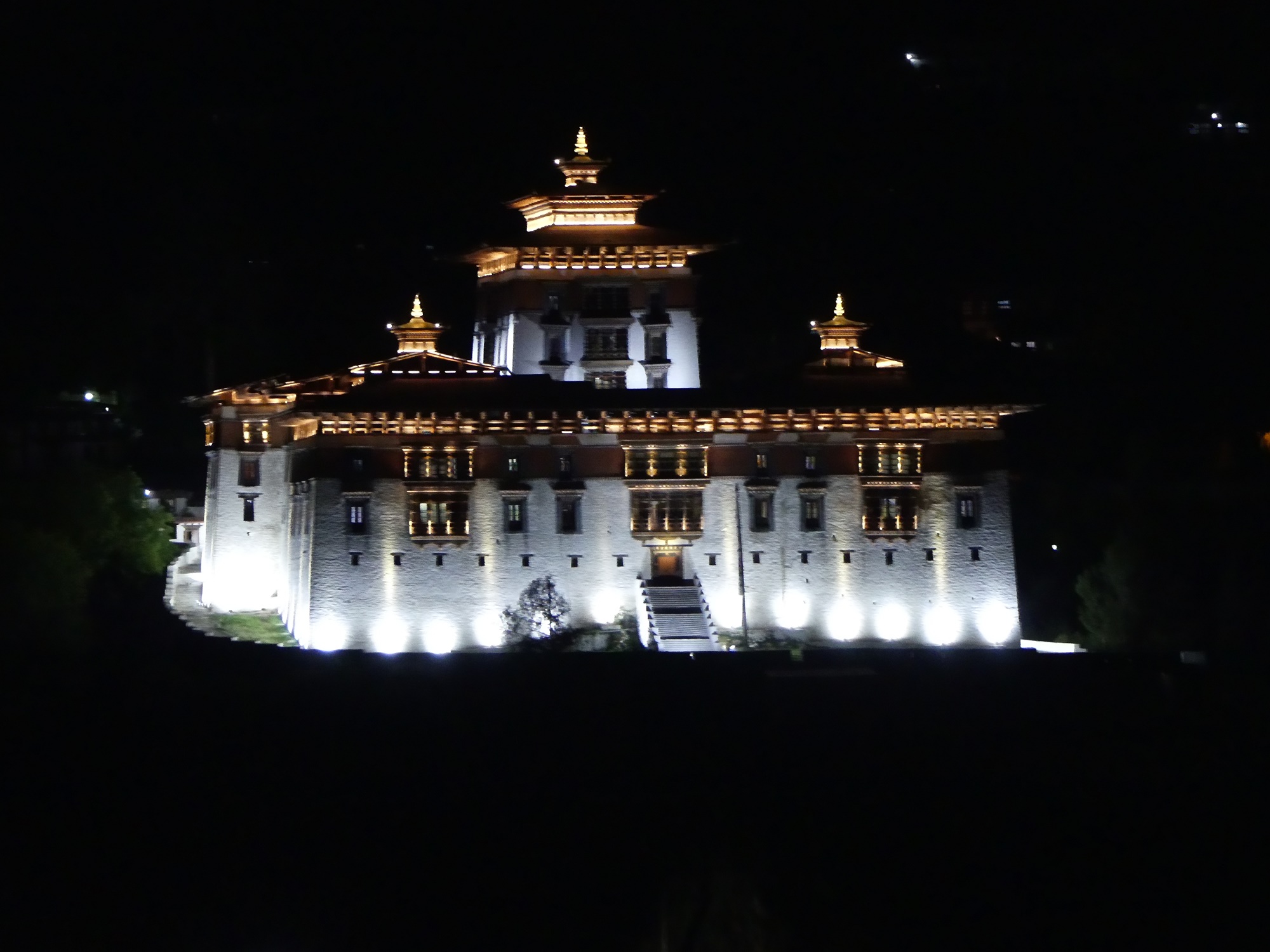
Paro Dzong at night
